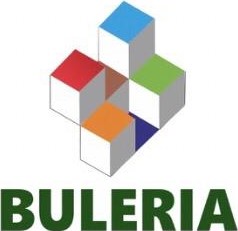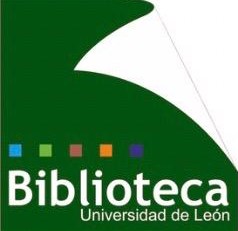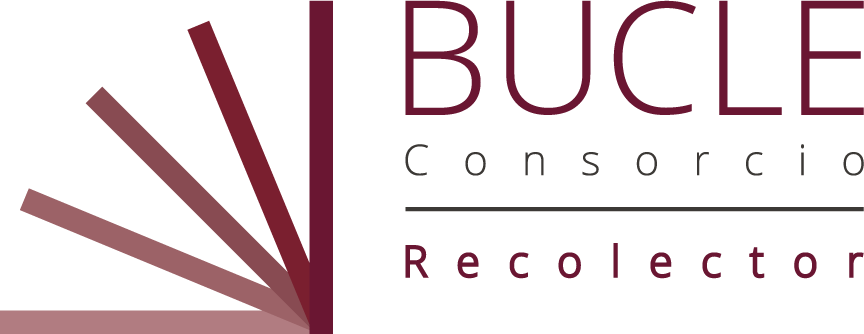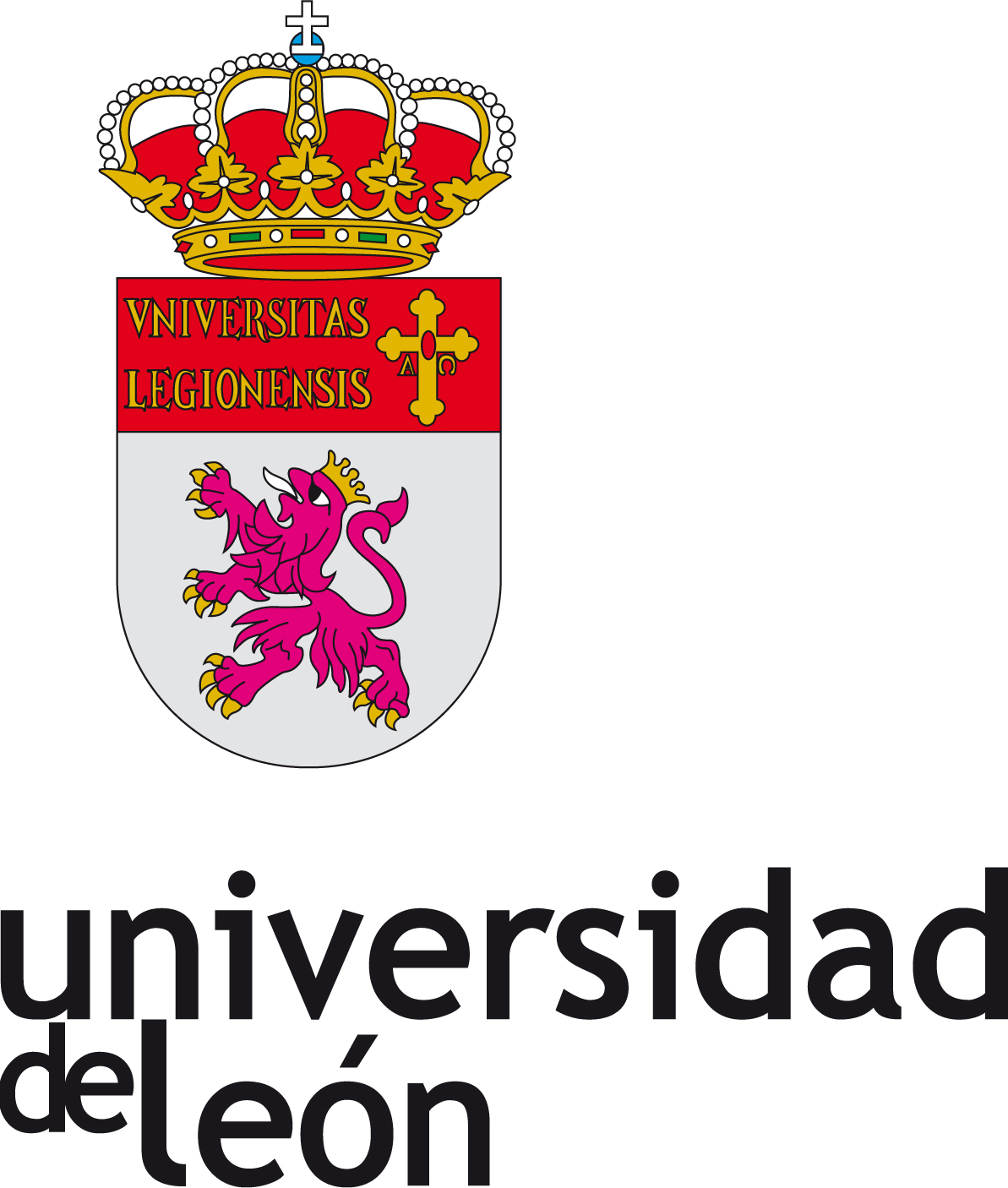Compartir
Título
Nueva lectura de una defixio de Selinunte (SEG XXVII 1115)
Autor
Facultad/Centro
Área de conocimiento
Título de la revista
Emerita
Número de la revista
2
Editorial
Consejo Superior de Investigaciones Científicas
Fecha
1989
ISSN
0013-6662
Resumen
In 1976 A. Brugnone published a series of defixiones from Selinous that herself dated as far back as the sixth century B.C., establishing them as the most ancient series of curses known. In this article we try to correct the reading of one of them because we consider that it does not follow the Dorian dialect in which it was written. We offer a new version that is also supported by some parallelism with existing similar texts.
Materia
Peer review
SI
URI
Aparece en las colecciones
- Artículos [5503]














